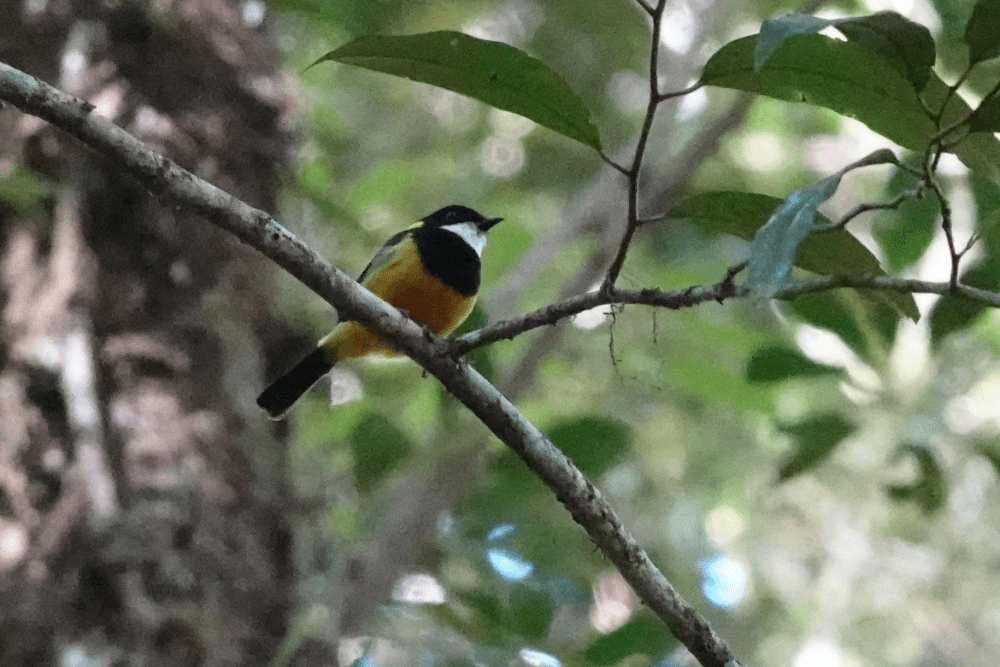Two new species of poisonous birds have been discovered during an expedition into New Guinea’s rainforest. Scientists discovered the species on their most recent venture to the region, gathering samples from poisonous birds that are packing enough neurotoxin in their feathers to make your eyes water like you’re chopping at an onion.
The latest species to join the poisonous bird roster include the regent whistler (Pachycephala schlegelii) and the rufous-naped bellbird (Aleadryas rufinucha). They’re common in this part of the world but only now have they been discovered to be poisonous. It’s been more than two decades since a new poisonous bird was discovered, and now science is getting two.
The birds are armed with Batrachotoxin, which comes from the Greek for frog (Batrachos). As one of the most powerful neurotoxins known to science, it was named after the poison dart frogs it was first discovered in, but evidently, it’s found in non-amphibian species too.
It’s thought the birds get the toxin through their diet by consuming toxic food and then turning it into a poison that’s incorporated into their tissues.
High concentrations of Batrachotoxin can be fatal to humans as it triggers violent convulsions and eventually death by causing sodium channels in skeletal muscle to lock in an open position. There’s enough on the skin of poison dart frogs to experience these severe symptoms, but the birds’ feathers are equipped with lower doses.
However, it may still be enough to act as a defense mechanism, though exactly what it’s used for isn’t known for certain. According to locals, eating the birds’ meat burns like chili, and holding onto them isn’t much fun either. This could indicate that the birds have adapted to become unappealing to predators, but further research is needed to confirm.
With more poisonous bird species to learn from, the researchers have more work ahead finding out how and why they use their neurotoxins, but the manual labor involved can be a little trying.
“Knud [Jønsson of the Natural History Museum of Denmark] thought I was sad and having a rough time on the trip when they found me with a runny nose and tears in my eyes,” said University of Copenhagen researcher Kasun Bodawatta in a statement. “In fact, I was just sitting there taking feather samples from a Pitohui, one of the most poisonous birds on the planet.”
It’s the up close and personal that really hurt, Bodawatta noted. “Removing birds from the net isn’t bad, but when samples need to be taken in a confined environment, you can feel something in your eyes and nose. It’s a bit like cutting onions – but with a nerve agent, I guess.”
The study is published in Molecular Ecology.
Source Link: These Poisonous Birds Are Armed With One Of The World’s Most Potent Neurotoxins
